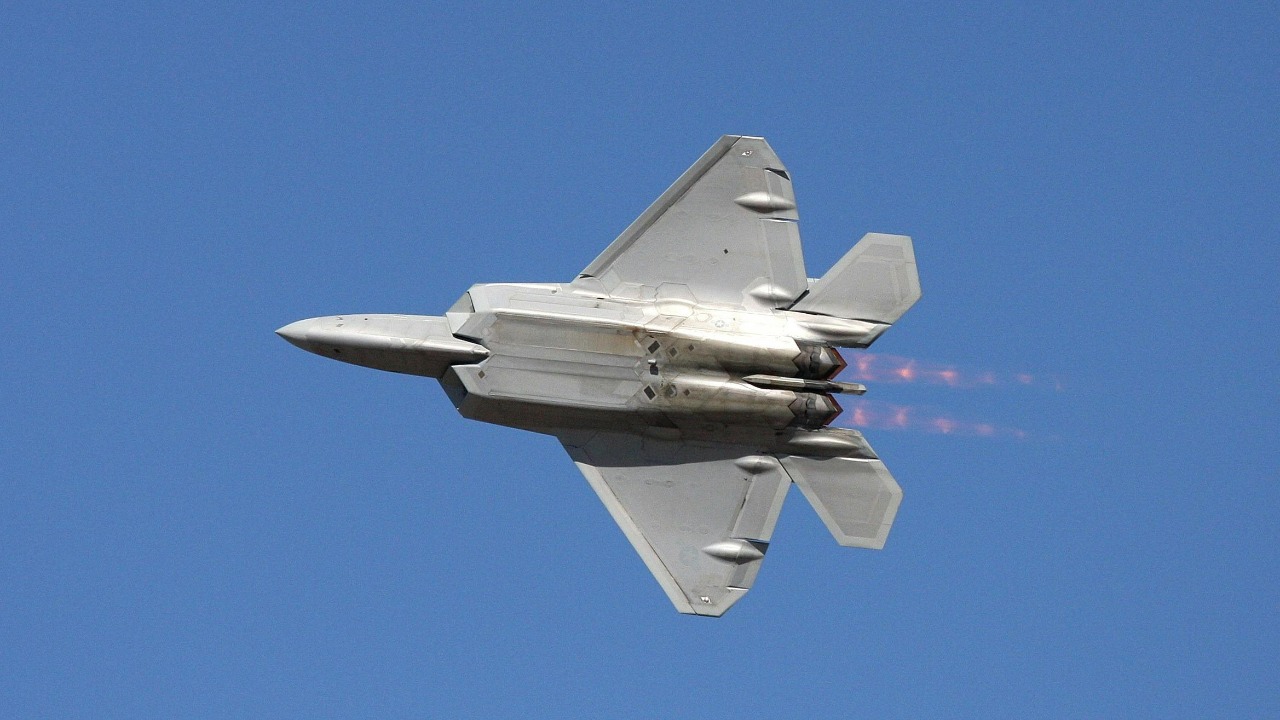
The F-22 Raptor and the F-35 Lightning II represent the pinnacle of modern aerial combat technology. Both jets boast cutting-edge features, but they serve different roles and have distinct capabilities, leading to ongoing debates about which aircraft is superior. This article delves into the strengths and weaknesses of each jet to determine which one truly comes out on top.
The Evolution of Air Superiority Fighters
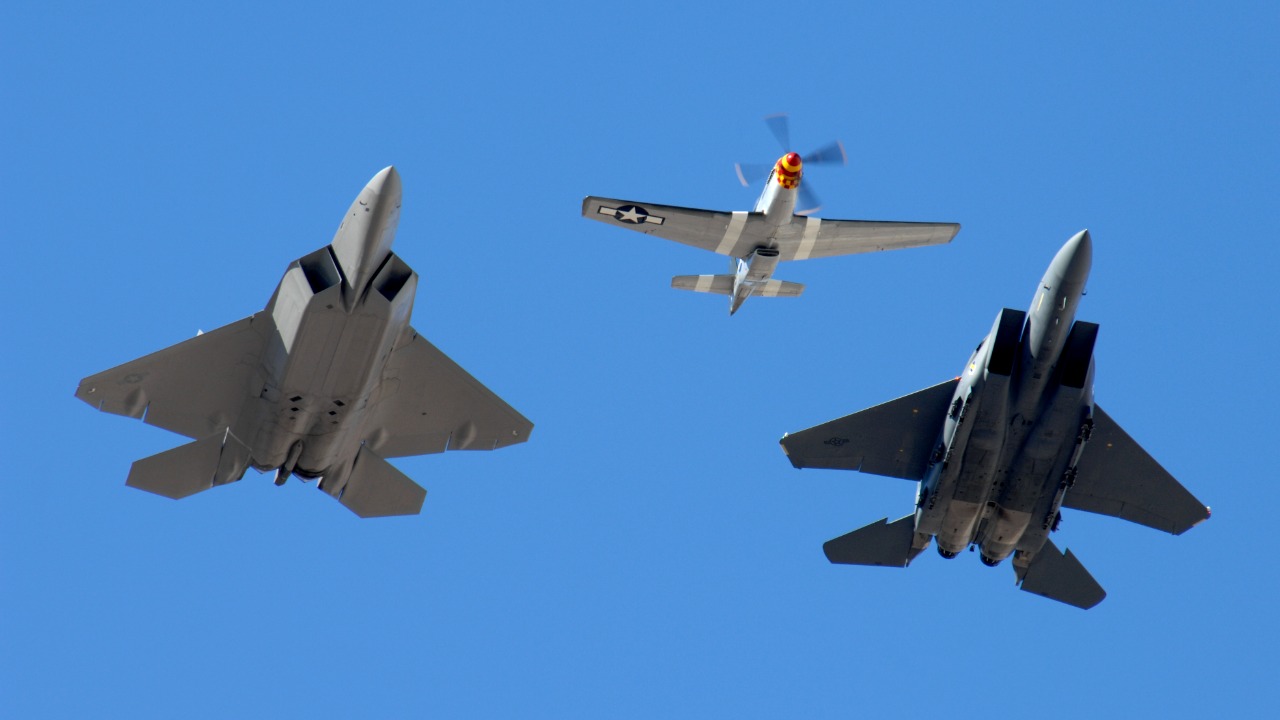
The development of the F-22 Raptor and the F-35 Lightning II marks a significant milestone in the history of air superiority fighters. The F-22 was introduced as a fifth-generation fighter designed for air dominance, with its maiden flight in 1997 and induction into service in 2005. The F-35, on the other hand, came later as a multirole stealth fighter, with its first flight in 2006 and service entry in 2015. While the F-22 was primarily built to replace the F-15 in gaining air superiority, the F-35 was developed to fulfill multiple roles including ground attack, reconnaissance, and air defense.
Each aircraft serves a distinct purpose within modern air force strategies. The F-22 is tailored for air superiority missions, excelling in dogfights and maintaining control of the skies. In contrast, the F-35 is a versatile platform capable of executing a wide array of missions, from close air support to electronic warfare. Deployment of these jets reflects their roles; the F-22 has been stationed in strategic locations like the Pacific and the Middle East, while the F-35 is widely distributed among various air forces around the world, highlighting its adaptability.
Design and Technology: A Closer Look
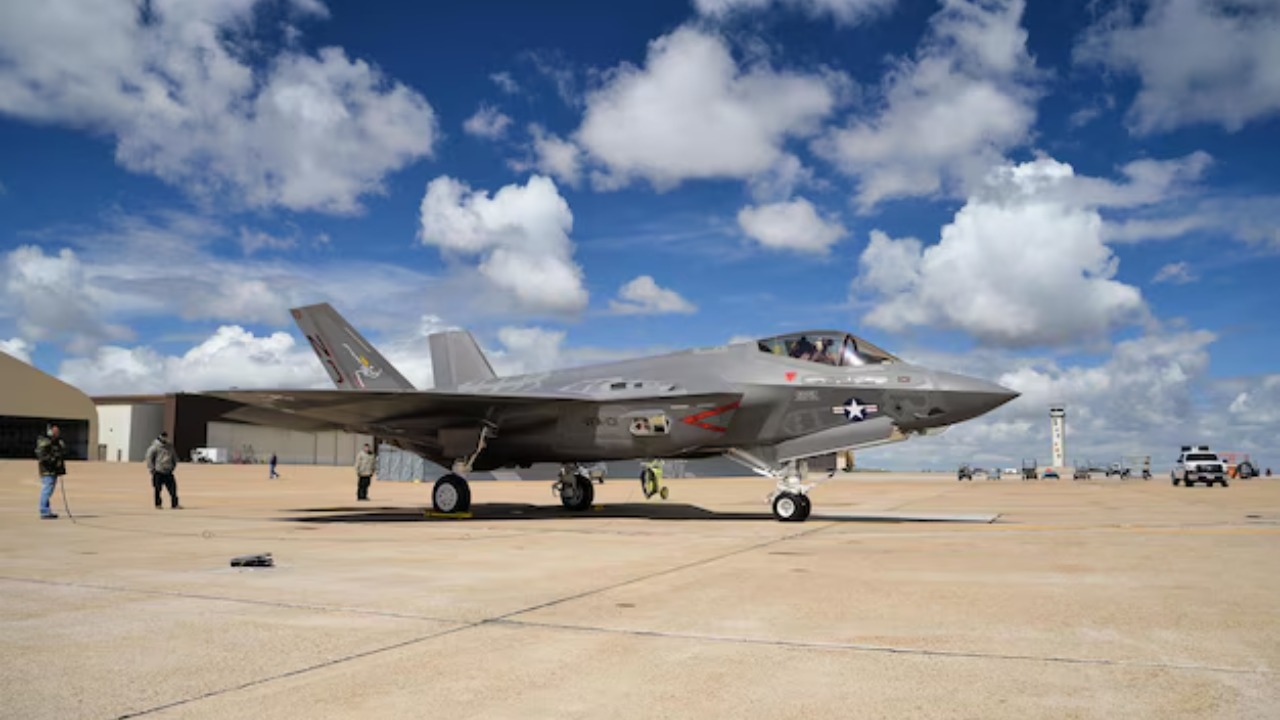
Both the F-22 and F-35 are renowned for their stealth capabilities, but there are notable differences. The F-22 is often considered the stealthier of the two, with advanced radar-evading features that make it nearly invisible to enemy radar. The F-35, while also stealthy, incorporates a more integrated approach to stealth, balancing radar evasion with advanced sensor and communication systems. This is crucial for its multirole functionality.
The avionics and sensor suites of the two jets also differ significantly. The F-22 employs a sophisticated suite optimized for air-to-air combat, whereas the F-35 features cutting-edge sensors designed for a broad spectrum of missions. The engine performance of the F-22 allows for supercruise capability, enabling sustained supersonic flight without afterburners, which enhances its agility in combat. The F-35, although slower in comparison, offers advanced maneuverability due to its vectored thrust and unified propulsion system.
Combat Performance and Versatility
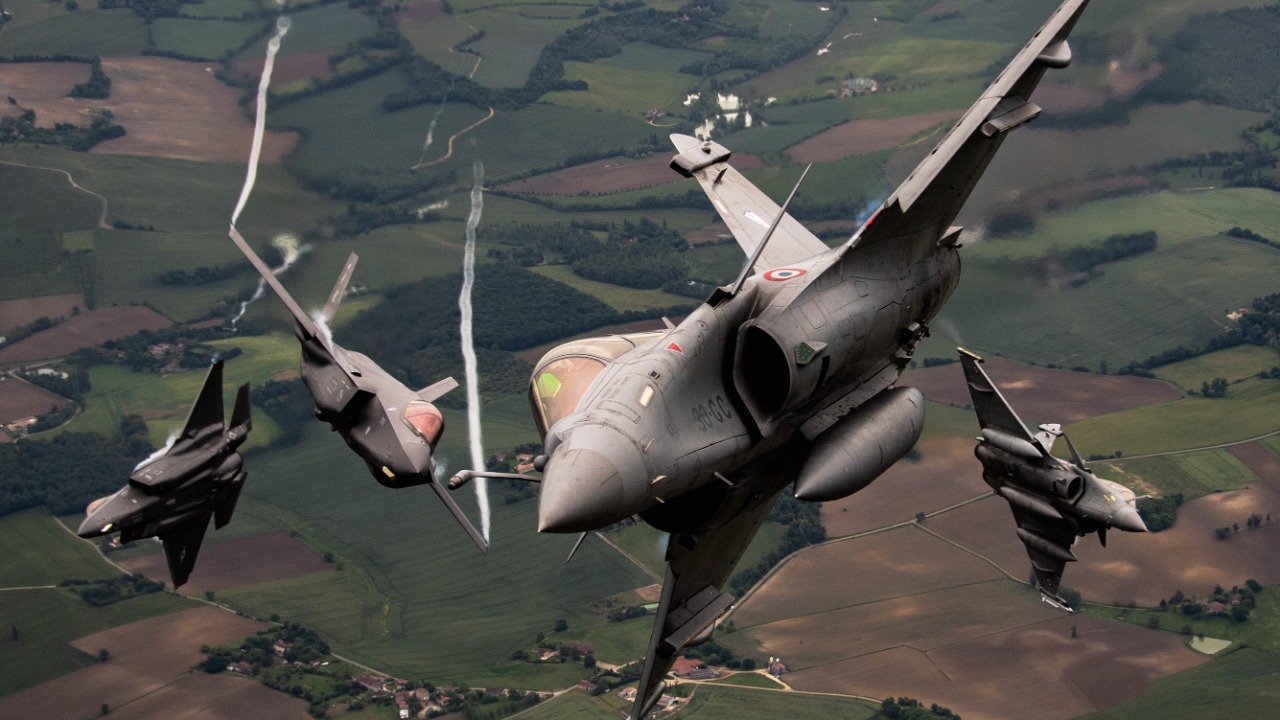
In terms of air-to-air combat, the F-22 Raptor is often seen as superior due to its unmatched agility and stealth, making it a formidable opponent in dogfights. Its ability to engage multiple targets simultaneously and dominate the airspace is well-documented. The F-35, while not as agile, compensates with its advanced sensor fusion, providing pilots with comprehensive battlefield awareness that enhances its effectiveness in air superiority missions.
The multi-role capabilities of the F-35 set it apart. It is designed to perform a wide range of missions, including ground attacks and reconnaissance, making it an indispensable asset in modern warfare. Real-world performance reports from combat drills highlight the F-35’s proficiency in diverse operational scenarios, showcasing its adaptability and versatility compared to the more specialized F-22.
Cost and Maintenance Considerations
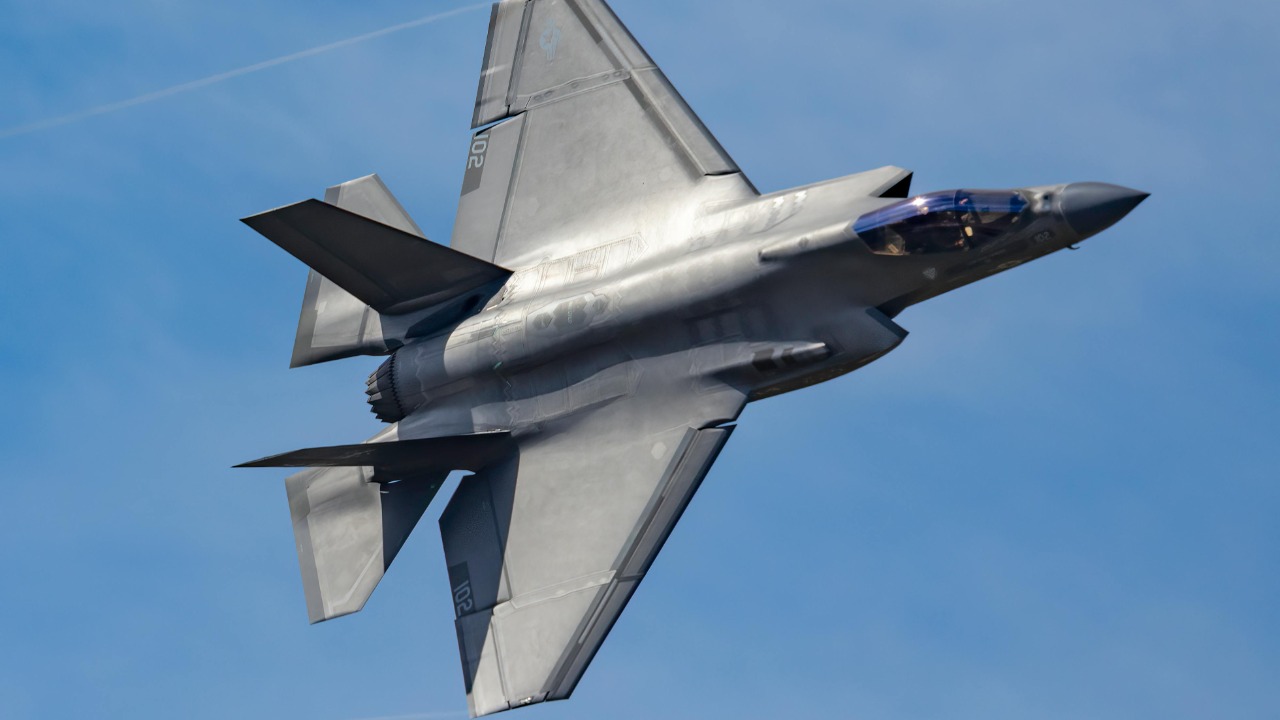
When comparing the financial aspects, the F-35 has the edge in terms of production and acquisition costs. It is generally cheaper to produce and purchase than the F-22, which was one of the most expensive fighters ever built. This cost efficiency has facilitated its widespread adoption by numerous allied nations. However, the F-22’s limited production run has made it a rare and highly prized asset within the U.S. Air Force.
Maintenance and operational expenses also play a crucial role. The F-35, despite being newer, has faced challenges with maintenance costs, though efforts are ongoing to streamline operations and reduce expenses. The F-22, with its older technology, requires more specialized care, leading to higher maintenance costs. These financial considerations impact defense budget priorities, influencing which aircraft receives funding for upgrades and future development.
Future Prospects and Developments
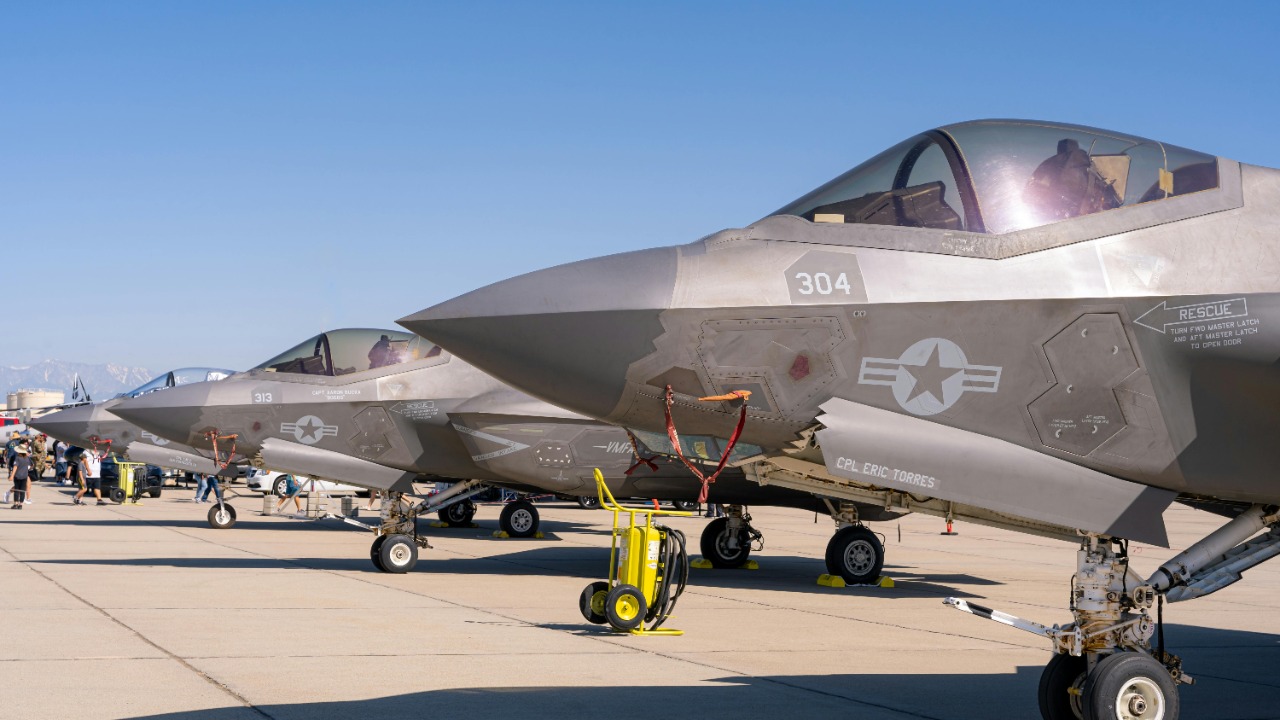
Looking to the future, both the F-22 and F-35 are slated for upgrades and modernization. The F-22 is expected to receive enhancements to maintain its air superiority edge, including advanced avionics and weaponry. The F-35, continually evolving, is set to incorporate cutting-edge technologies to bolster its multirole capabilities even further, ensuring its relevance in future combat scenarios.
Emerging threats and challenges necessitate adaptations in both aircraft. As new technologies and threats appear, such as hypersonic missiles and sophisticated electronic warfare systems, both jets must evolve to meet these challenges. The role of these aircraft in the context of next-generation technologies is crucial. The anticipated development of jets like the F-47 suggests a future where even more advanced capabilities will emerge, potentially redefining air combat paradigms.